Humans
Sign up for our newsletter
We summarize the week's scientific breakthroughs every Thursday.
-
 Health & Medicine
Health & MedicineEven short-term opioid use can set people up for addiction risks
A study of opioid prescriptions for sprained ankles finds that patients prescribed 30 or more pills are more likely to seek refills.
By Laura Beil -
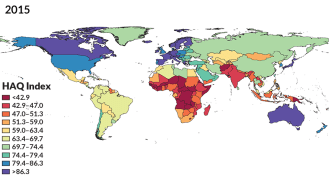 Health & Medicine
Health & MedicineGlobal access to quality health care has improved in the last two decades
Health care quality and availability improved worldwide from 1990 to 2015, but the gap between countries with the lowest and highest levels of care widened.
-
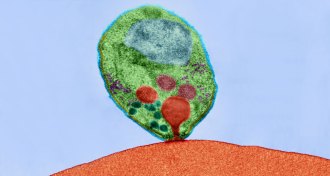 Genetics
GeneticsHybrid protein offers malaria protection
Rare hybrid protein that spans red blood cell membranes offers some protection against malaria.
-
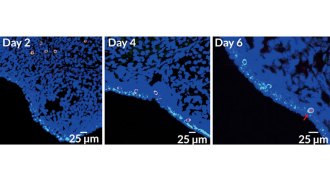 Health & Medicine
Health & MedicineTransplanted stem cells become eggs in sterile mice
Sterile mice that received transplanted egg-making stem cells were able to have healthy babies.
-
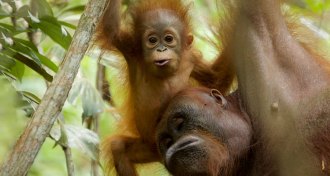 Animals
AnimalsOrangutans take motherhood to extremes, nursing young for more than eight years
Weaning in orangutans has been tricky to see in the wild, so researchers turned to dental tests to reveal long nursing period.
By Susan Milius -
 Health & Medicine
Health & MedicineReaders ponder the randomness of DNA errors
Readers sent feedback on cellular slip-ups, moon mayhem and more.
-
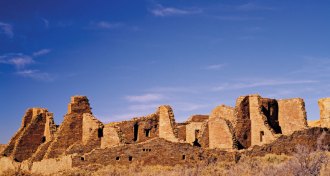 Archaeology
ArchaeologyChaco Canyon’s ancient civilization continues to puzzle
A dynasty may have risen from the dead in an ancient Chaco great house.
By Bruce Bower -
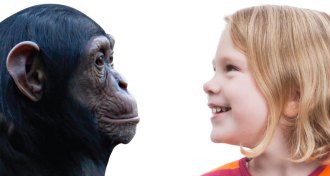 Genetics
GeneticsJumping genes play a big role in what makes us human
Jumping genes have been a powerful force in human evolution.
-
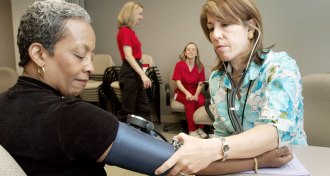 Health & Medicine
Health & MedicineWhere you live can affect your blood pressure, study suggests
For black adults, moving out of a racially segregated neighborhood is linked to a drop in blood pressure, a new study finds.
-
 Science & Society
Science & SocietyNew museum exhibit explores science of racism
“Us and Them,” a new exhibit at the Musée de l’Homme in Paris, draws on genetics, psychology, anthropology and sociology to examine why racism and prejudice persist.
-
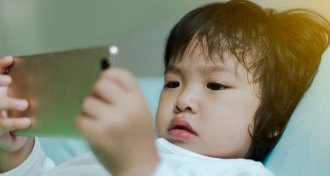 Health & Medicine
Health & MedicineToddlers’ screen time linked to speech delays and lost sleep, but questions remain
Two new studies link handheld screen time for young children to less sleep and greater risk of expressive language delays. But the results are preliminary.
-
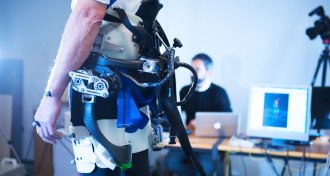 Tech
TechNew pelvic exoskeleton stops people from taking tumbles
A new exoskeleton helps people prone to falling stay on their feet.